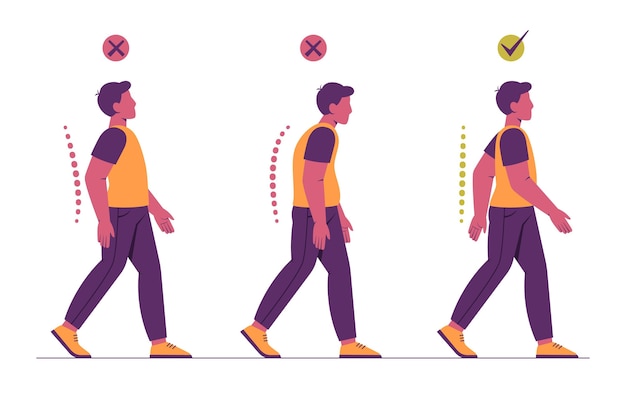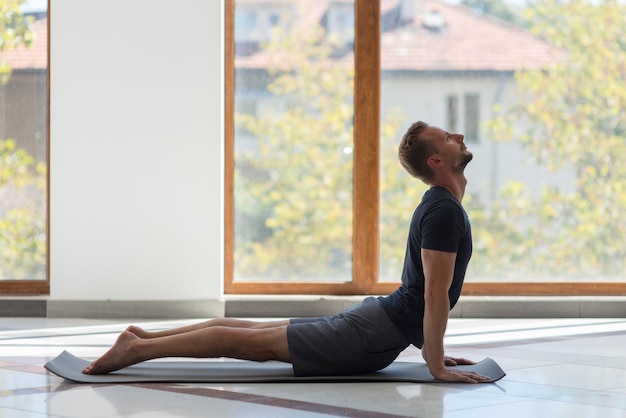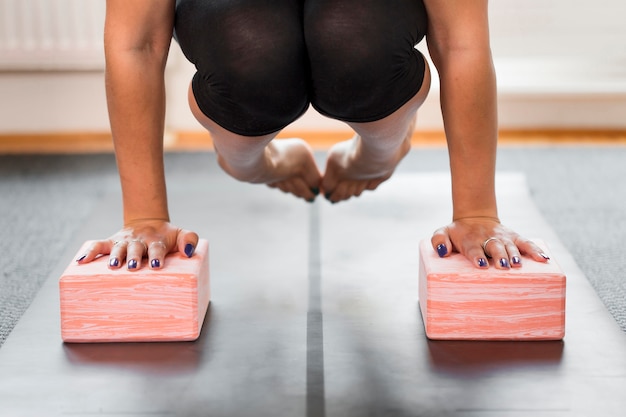In a world where time is scarce and stress is high, finding a sustainable way to stay active can feel overwhelming. But what if the simplest form of movement—walking—could transform your health, energy, and posture? Research shows that walking for just 45 minutes a day can significantly reduce back pain, boost longevity, improve mood, and support weight management—all without expensive gear or gym memberships.
This guide offers a practical, science-backed walking plan designed for real life. Whether you're a busy parent, remote worker, or someone just starting a fitness journey, you’ll learn how to build a daily walking habit, maintain proper posture, and integrate movement into your routine with minimal effort.
While some studies suggest over 100 minutes of daily walking may reduce long-term back pain, aiming for 45 minutes is a realistic and effective middle ground. It’s long enough to trigger cardiovascular benefits, support joint health, and improve metabolic function, yet short enough to fit into most schedules. Walking at a moderate pace for this duration can burn 150–250 calories, depending on your weight and terrain.
Plus, regular walking has been linked to a potential increase in lifespan by up to five years, according to recent research. It’s also gentle on the joints, making it ideal for people of all fitness levels.
Consistency matters more than intensity. Here’s how to build a sustainable walking plan:
If you’re new to walking, begin with 15–20 minutes and gradually increase by 5 minutes each week. By week 6, you’ll comfortably reach 45 minutes. Use a simple timer or fitness tracker to monitor progress.
Treat your walk as non-negotiable. Block time in your calendar—morning walks can boost focus, while evening walks help decompress. Break it into segments if needed: three 15-minute walks are just as effective.
Pick safe, enjoyable paths—parks, sidewalks, or even indoor malls during bad weather. Varying terrain (like gentle hills) increases calorie burn and engages more muscles.
Use a basic pedometer, smartphone app, or smartwatch to log steps and distance. Aim for roughly 4,000–5,000 steps in 45 minutes at a moderate pace.

Walking isn’t just about moving—it’s about moving well. Poor posture while walking can contribute to back, neck, and hip pain over time. Follow these ergonomic tips to maximize benefits and minimize strain:
If you work at a desk, poor sitting posture can affect your walking mechanics. Take micro-breaks every hour to stand, stretch, and reset your spine. Simple stretches like neck rolls, shoulder shrugs, and forward bends can make a big difference.

You don’t need much to start:
Habit formation takes time. Try these strategies:
Walking is more than exercise—it’s a daily reset. It clears your mind, strengthens your body, and supports long-term health. With just 45 minutes a day and attention to posture, you can build a habit that fits your life and transforms your well-being.

Fitness

Fitness

Fitness

Fitness

Wellness

Wellness

Fitness

Fitness

Fitness

Wellness

Health

Fitness

Health

Fitness

Health

Health